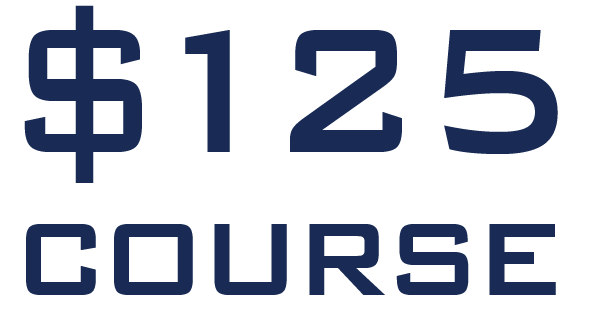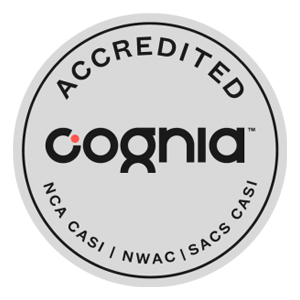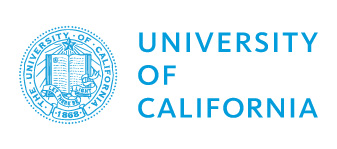
GEOMETRY, PART 1
Price: $125 | Credits: One Semester | Dept: Math | Course ID# 223-1
This course is the first semester of Geometry and includes an introduction to the basics of Geometry, reasoning and proofs, perpendicular and parallel lines, congruent triangles, the anatomy of triangles, and similarity. This course is typically taken in the sequence with Geometry (Part 2) or is taken to replace credit for the first semester of Geometry. Geometry is approved by the University of California A-G as mathematics (category C).
Upon completion of this course, the student is awarded 5 credits. Each credit corresponds to 15 hours of study. Of course, some students work more quickly than others, and some can devote more hours to study, so some students are able to complete the course in an accelerated rate.
LEARNING OBJECTIVES
In this module, students gain a comprehension of the following:
- The foundations of Geometry – points, lines, and planes.
- The fundamentals of points, angles, lines, planes, segments, polygons, circles, and constructions.
- Measurements using perimeter, circumference, and area.
- The basic principles of reasoning including deductive and inductive reasoning.
- What conditional statements are, as well as converse, inverse, and contrapositive statements.
- To use logic and to develop algebraic, segment, and angle proofs.
- The nature of the angles formed when parallel lines are divided by a transversal.
- To prove lines are parallel, perpendicular, or neither, using information, like slope and a given point, to write an equation of a line.
- Identify three different forms of an equation of a line, including slope-intercept, point-slope, and standard form.
- The minimum requirements to determine whether or not two figures are congruent and congruency in other figures. Use SSS, SAS, AAS, ASA, and HL to prove triangles are congruent.
- Recognize and learn the key parts of isosceles and equilateral triangles. These properties will be used to prove corresponding parts of congruent triangles are congruent (CPCTC).
- The anatomy of triangles, including mid-segments, perpendicular bisectors, angle bisectors, medians, and altitudes of triangles.
- The concept of indirect proofs.
- The idea of inequalities in one triangle and inequalities in two triangles.
- The concept of the construction center of the triangle.
- The concept of ratio and proportion, using them to solve problems involving angle measures.
- Recognize the conditions that will make polygons similar, prove that triangles are similar using similarity theorems, and use the geometric mean to solve for the missing lengths of a triangle. Use proportionality to find the missing lengths in a triangle containing parallel lines.
TOPICS COVERED
- This course covers the following topics:
- Points, Lines, & Planes
- Measuring Segments
- Measuring & Classifying Angles
- Angle Pair Relationships
- Construction
- Classifying Polygons
- Perimeter & Area
- Conditional Statements
- Inductive & Deductive Reasoning
- Postulates & Theorems
- Algebraic Proofs
- Segment Proofs
- Angle Proofs
- Lines & Angles
- Parallel Lines & Algebra
- Proving Lines Parallel
- Slope & Equation of Lines
- Perpendicular Lines
- Congruent Figures
- Congruent Triangles by SSS & SAS
- Congruent Triangles by AAS & ASA
- Isosceles vs. Equilateral Triangles
- Corresponding Parts of Congruent Triangles
- Pythagorean Theorem & HL
- Midsegments of a Triangle
- Perpendicular & Angle Bisectors
- Medians & Altitudes
- Indirect Proofs
- Inequalities in One and Two Triangle
- Constructing Centers of Triangles
- Ratios & Proportions
- Similar Polygons & Scale Factor
- Proving Triangles are Similar
- Geometric Mean & Parts of Similar Triangles
- Parallel Lines and Proportional Parts
























